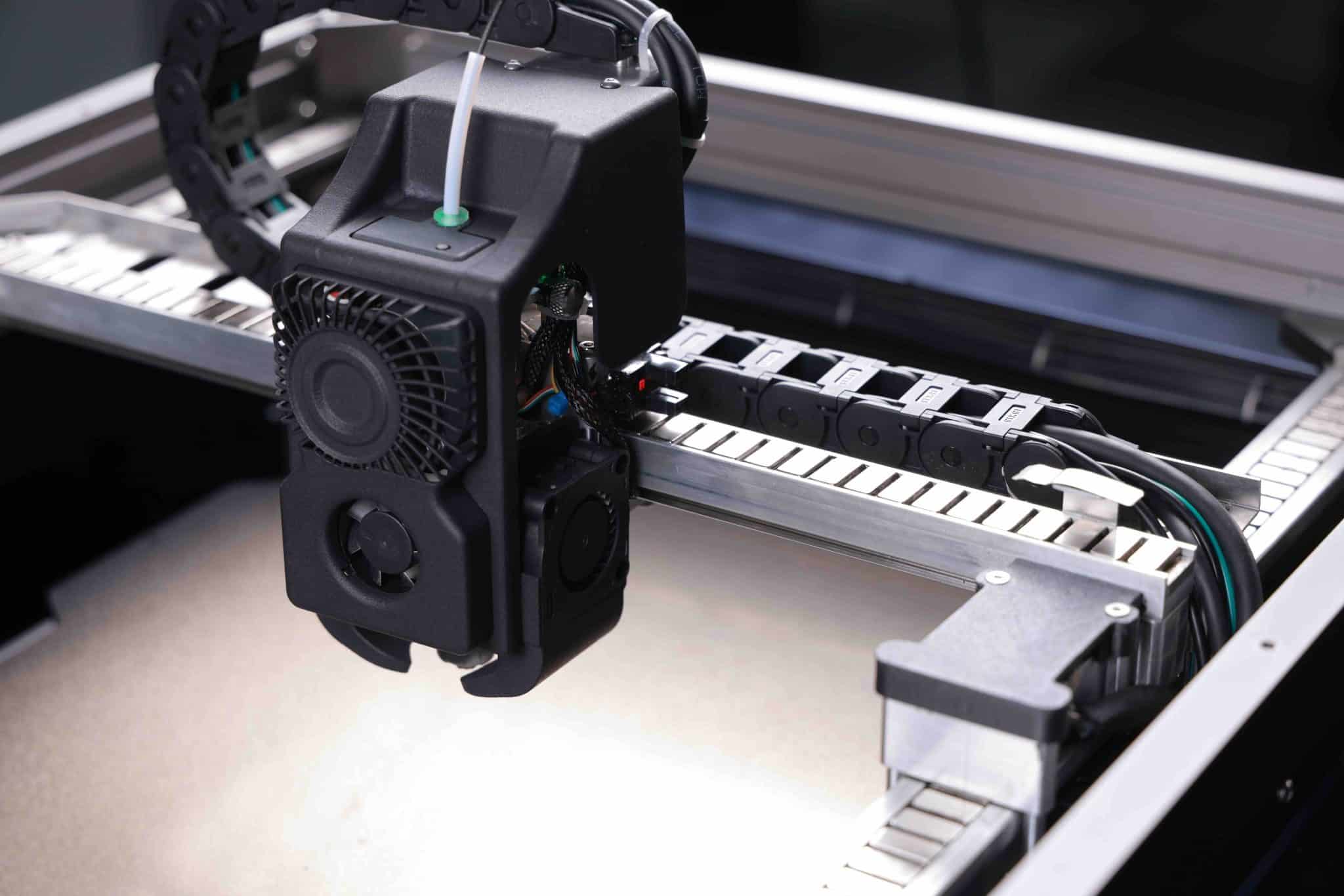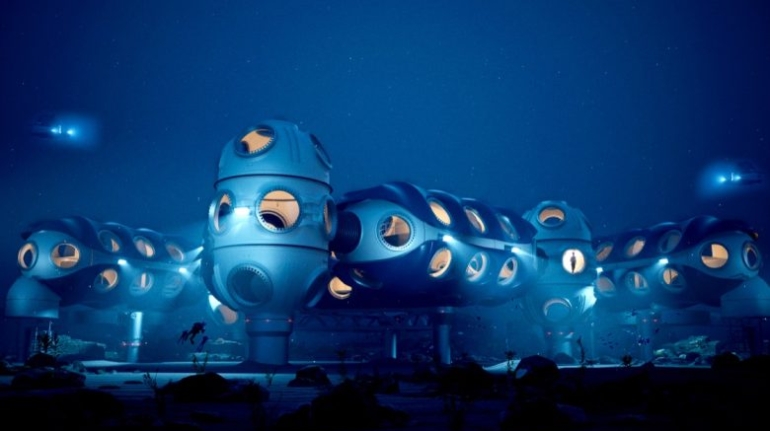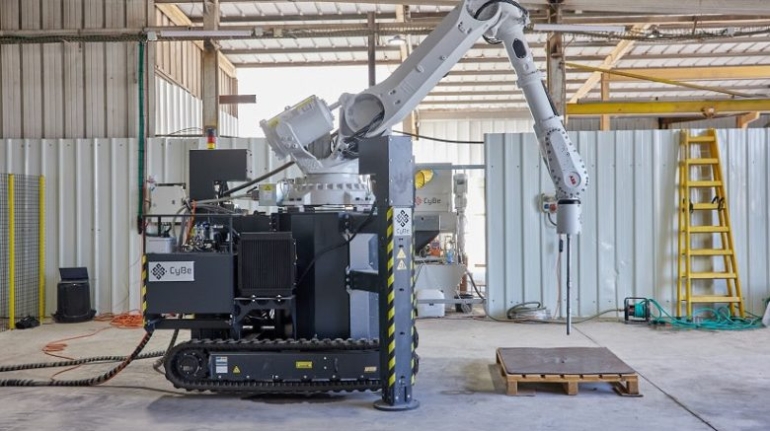Peopoly launches Magneto X 3D printer – powered by magnets 3D Printer Hardware
Peopoly, a Hong Kong-based 3D printer manufacturer, has launched its latest Magneto X. This high-performance FFF 3D printer sets new industry standards for speed, precision, and reliability, at a retail price of US$1,999 (and a pre-order price of US$1,399).






